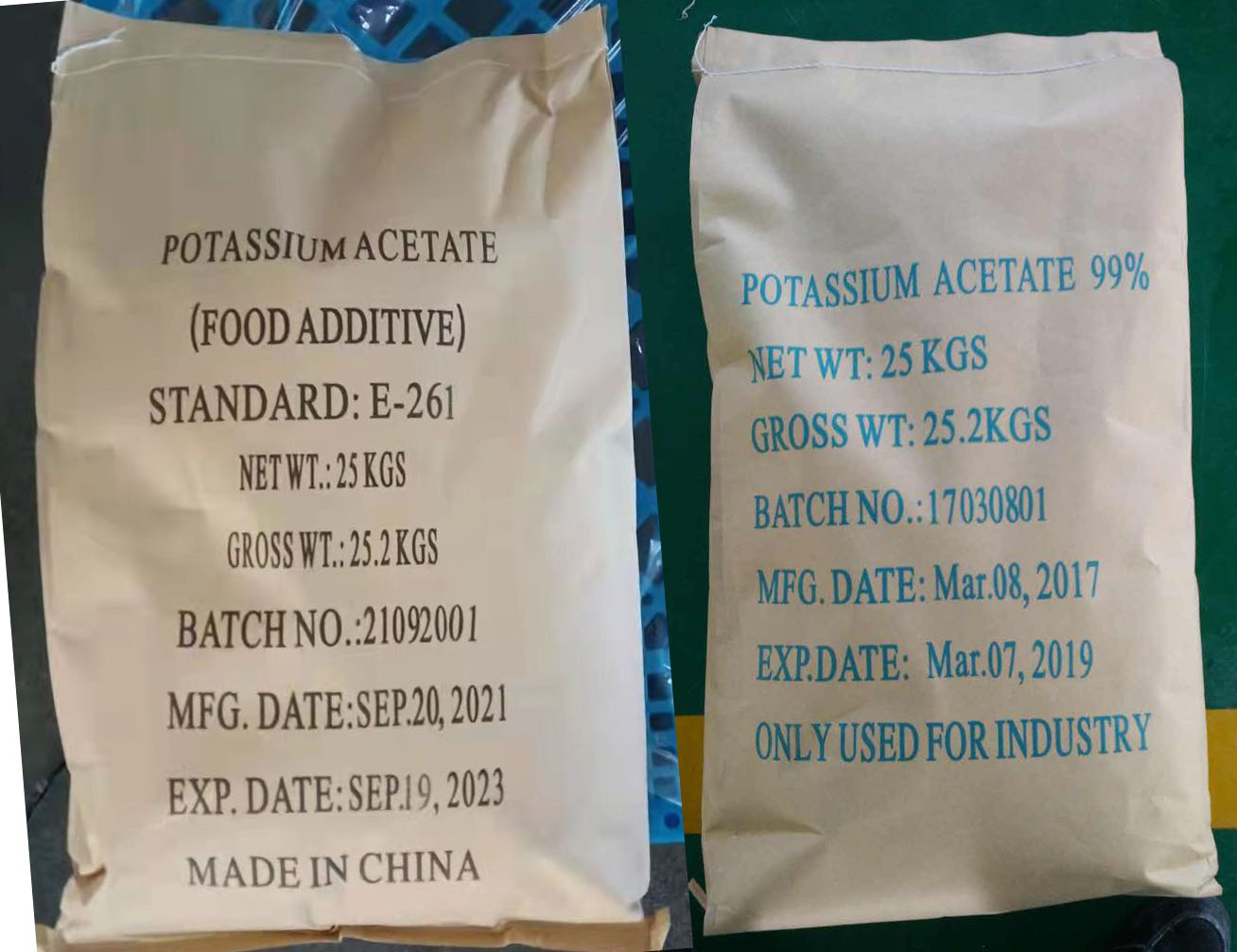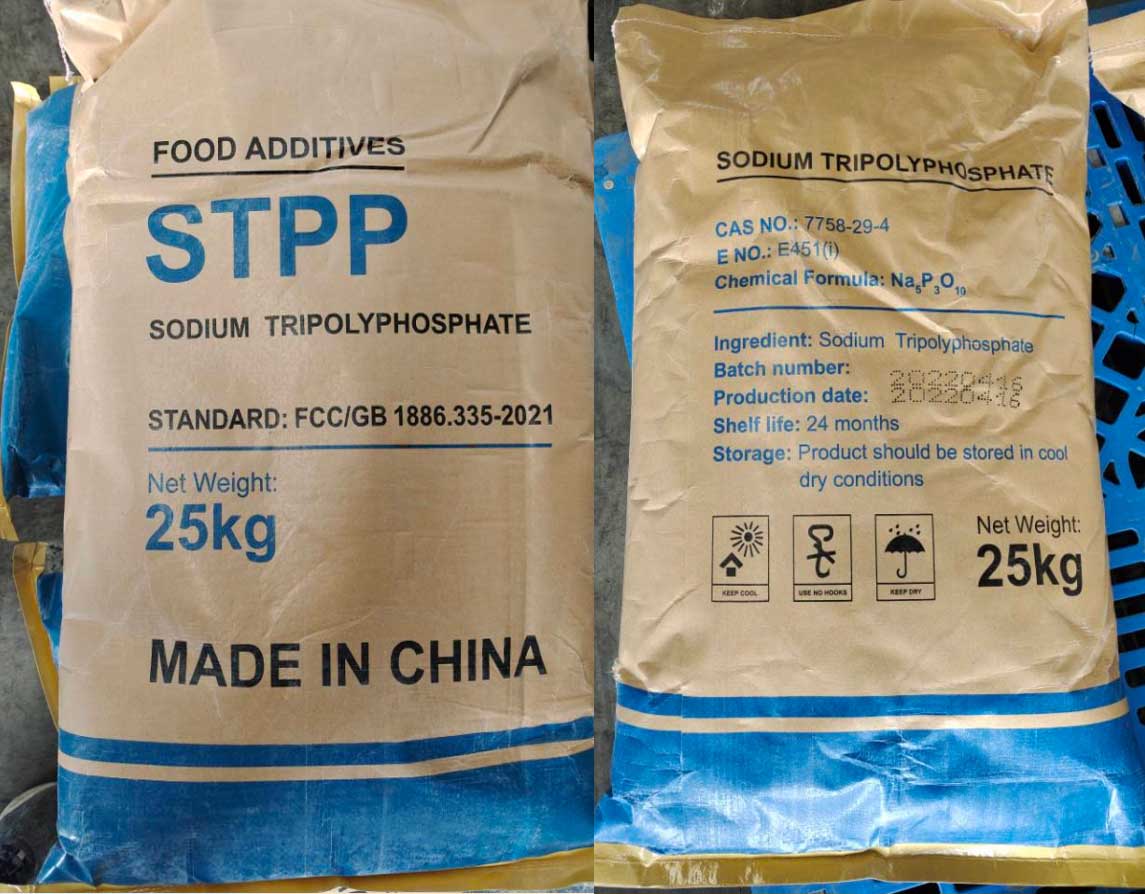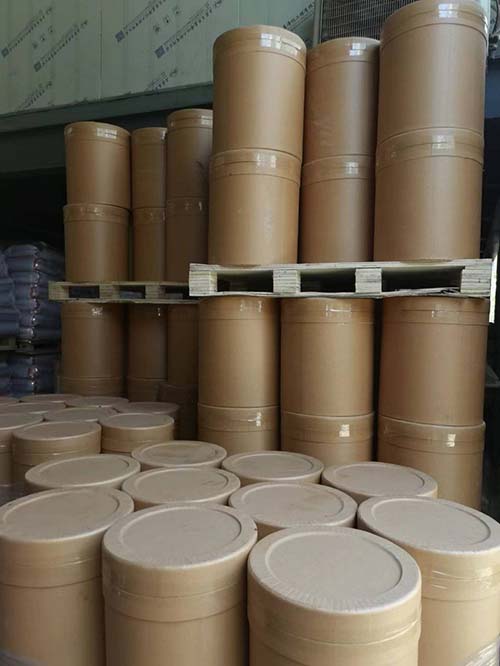
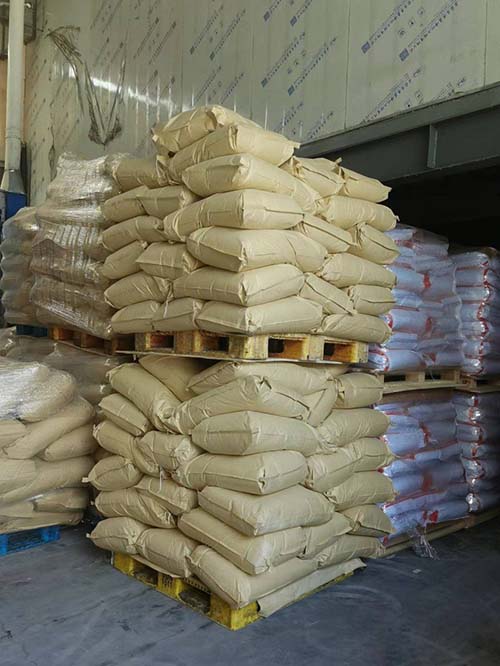
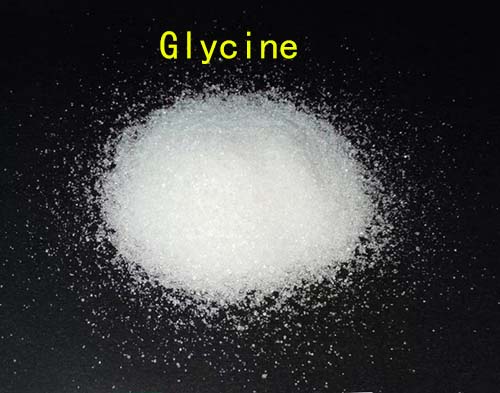
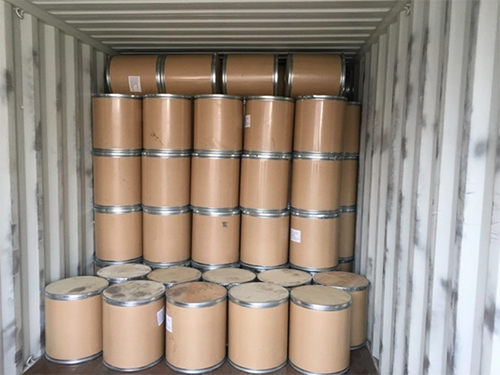


Glycine in Food and Feed Industry: Comprehensive Application Guide
Glycine (CAS No. 56-40-6) is the simplest amino acid, widely used in the food and feed industries due to its excellent safety profile, nutritional value, and multifunctional properties. It is commonly available as a white crystalline powder, highly soluble in water, and available in food grade and feed grade purity.
Applications of Glycine in the Food Industry
1. Flavor Enhancer and Sweetener
Function: Glycine imparts a mild sweet taste and is used to enhance umami and mask bitter flavors in processed foods.
Typical Uses:
Soy sauce, vinegar, and seasoning blends
Meats, seafood, and pickled vegetables
Protein-based beverages and nutritional supplements
Dosage:
Typically 0.1–0.5% of the total formulation
In sauces and seasonings, usage may go up to 1%
2. pH Buffering Agent
Function: Acts as a buffering agent to stabilize acidity, especially in beverages and canned foods.
Performance: Helps maintain the desired flavor stability and shelf life under various storage conditions.
3. Nutritional Fortifier
Function: As an essential component in protein metabolism, glycine is added to functional foods and sports nutrition to improve amino acid balance.
Performance: Easily absorbed and utilized by the body to support muscle repair, immune health, and collagen synthesis.
Applications of Glycine in the Feed Industry
1. Nutritional Supplement for Livestock and Poultry
Function: Glycine contributes to protein biosynthesis, supports gut health, and enhances the bioavailability of other nutrients like calcium and zinc.
Feed Types: Common in feeds for swine, poultry, aquatic species, and young animals (e.g., piglets, chicks).
Dosage:
Generally 0.05–0.2% in total feed formula
For piglets and chicks, can be increased to 0.3% under professional guidance
2. Feed Attractant
Function: Glycine acts as a palatability enhancer, especially in aquatic feeds, stimulating appetite and feed intake.
Performance:
Increases feed consumption
Improves feed conversion ratio (FCR) and growth rate
3. Chelating Agent
Function: Forms chelate complexes with minerals like iron, zinc, and copper, improving their absorption.
Benefit: Reduces the need for excessive mineral supplementation and supports healthier animal development.
Performance Advantages of Glycine
| Feature | Food Industry | Feed Industry |
|---|---|---|
| Taste | Improves umami, sweetens | Enhances feed palatability |
| Nutrition | Protein balance, collagen support | Amino acid balance, gut health |
| Stability | Acts as a buffer, enhances shelf life | Stable in premixes and pelleted feeds |
| Absorption | Highly bioavailable | Supports mineral uptake and digestion |
| Application | Versatile: beverages, sauces, meat | Broad: poultry, swine, aquaculture |
Conclusion
Glycine plays an indispensable role in both the food and feed industries. In food, it functions as a flavor enhancer, buffer, and nutritional booster. In animal feed, glycine contributes to better growth performance, feed efficiency, and mineral utilization.
Whether you are formulating a health-focused food product or enhancing the performance of livestock feed, glycine is a cost-effective, safe, and multifunctional ingredient that delivers measurable results.



